 Plucky Strings and Peppy Percussion
Strings and Percussion
Plucky Strings and Peppy Percussion
Strings and Percussion

 Plucky Strings and Peppy Percussion
Strings and Percussion
Plucky Strings and Peppy Percussion
Strings and Percussion

Study the musical selection for one week.
Over the week:
Music lessons over the next two years group musical instruments into five major categories: strings, keyboards, percussion, brass, and woodwinds.
String instruments produce sound through the vibration of strings. Strings may be plucked or strummed with fingers, hit with hammers, or rubbed with a bow.
See a picture of strings below. Note that some strings are thicker and some are thinner.

The sound produced by a string depends in part on its thickness, its length, its tightness, and its material.
Instruments have multiple strings of varying thickness. Musicians playing instruments turn pegs to tighten or loosen the strings and change their sounds. Musicians also press their fingers against the strings to control the length of strings that vibrate and produce sound. Strings are made from materials such as nylon or steel.
String instruments include violins, violas, cellos, double basses, guitars, ukuleles, sitars, mandolins, banjos, and depending on who you ask, pianos.
Study the images of strings.
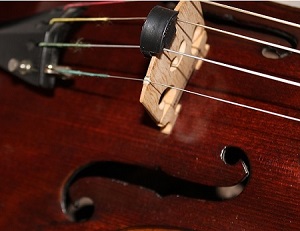
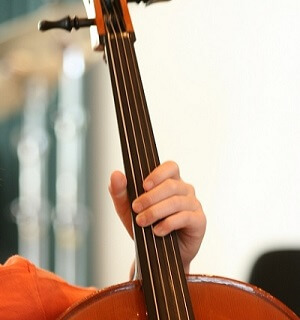
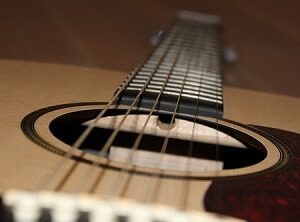
Activity 1: Learn the Parts of a Violin
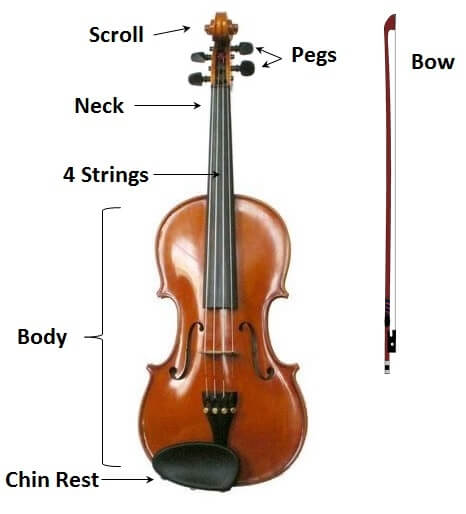
Activity 2: Study How to Hold and Play a Violin
Examine the picture of the man playing the violin below and answer the following questions:
How does the man use his right hand?
How does the man use his left hand?
What do the fingers of the man's left hand press down?
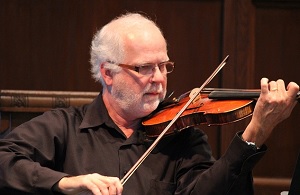
Activity 3: Quiz Yourself: Identify Violin Parts
Quiz yourself, and identify the following parts from memory on the violin below:

Activity 4: Can You Find It?
Study the lesson painting, 'Still Life with Jewels, Violin, Globe, and Book,' by an unknown artist, and find the following:
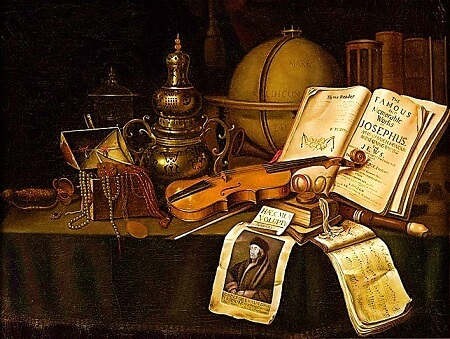
Activity 5: Listen to a Violin
Listen to the recording of a violin: